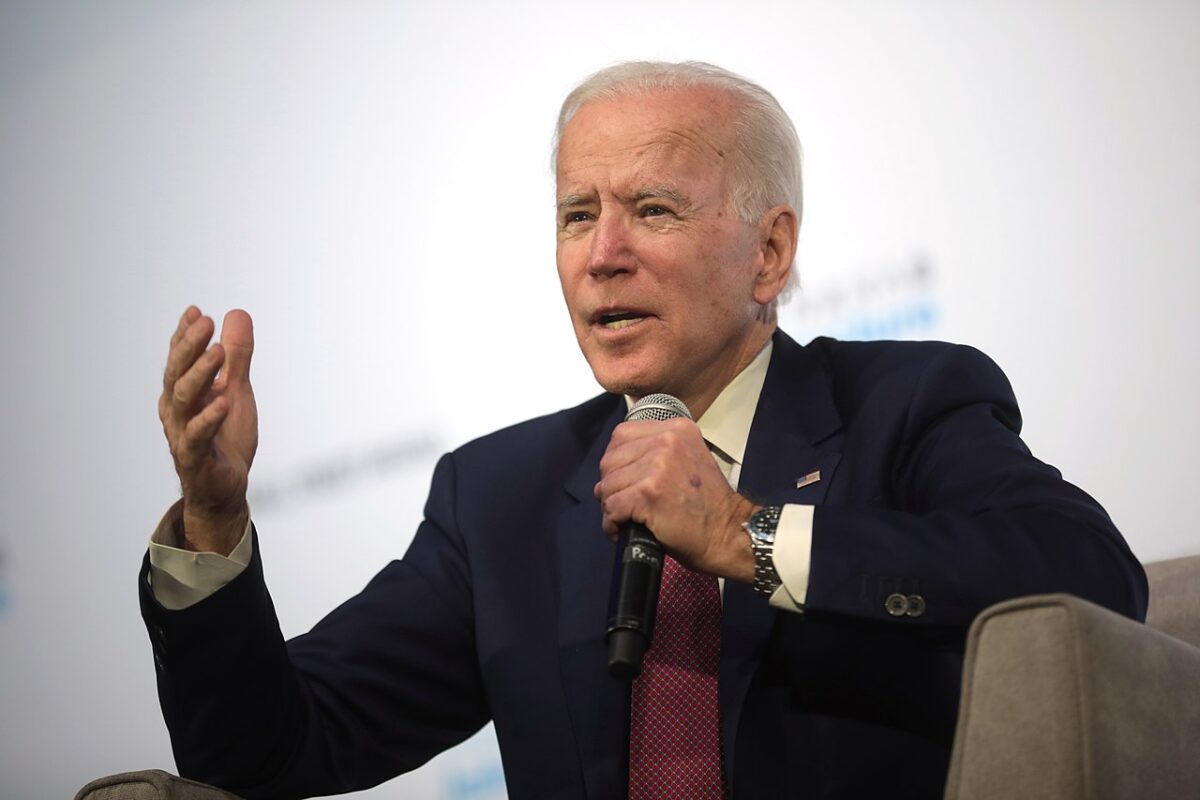With no end in sight to the nearly three-month-old war in Ukraine, the United States has doubled down on its commitment to help the Ukrainian armed forces beat back or defeat Russia.
This has been an incremental process.
Soon after Russian President Vladimir Putin ordered the invasion of Ukraine on February 24, he issued a truculent warning that “whoever tries to hinder us” will face “consequences that you have never faced in your history.”
Shortly afterward, Putin declared he would regard the intervention of the North Atlantic Treaty Organization (NATO) in the war as a direct challenge to Russia.
Observers generally viewed Putin’s remarks as an implicit threat to use nuclear weapons if necessary.
In the wake of Putin’s threatening remarks, the United States and its western allies adopted a fairly cautious position.
U.S. President Joe Biden and other Western leaders dispatched defensive weapons, such as anti-tank missiles and drones, to Ukraine. But they said they would not commit their own troops to Ukraine, supply Ukraine with heavy weapons such as howitzers, or establish a no-fly zone in its territory, fearing that a clash between Western and Russian aircraft could trigger World War III.
Of late, however, the Biden administration and NATO members have relaxed their limits on heavy weaponry. Even Germany, which for historical reasons related to the Nazi era, has agreed to give Ukraine offensive military equipment.
Western countries, though, have yet to send airplanes or military advisors to Ukraine. Ukrainian troops, though, have received training in NATO countries.
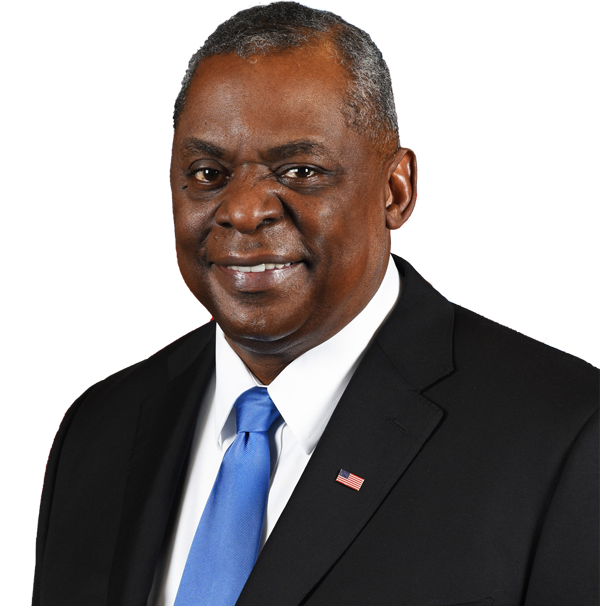
The shift in the West’s approach was signalled last month when U.S. Secretary of Defence Lloyd Austin openly acknowledged that the United States’ objectives were two-fold: to protect Ukraine as a sovereign nation and to “weaken” Russia as a military power.
Austin’s explicit admission was surprising, notwithstanding the fact that the United States and Russia have historically been rivals as well as adversaries.
Several days after his comments, Austin hosted a meeting in Germany, attended by officials from 40 countries and by NATO Secretary General Jens Stoltenberg, to coordinate military assistance to Ukraine.
The event infuriated Russian Foreign Minister Sergei Lavrov. “NATO, in essence, is engaged in a war with Russia through a proxy and is arming that proxy,” he said in a clear reference to Ukraine. “War means war.”
Since then, Biden has asked the U.S. Congress to authorize $40 billion in military, economic and humanitarian assistance to Ukraine, thereby tripling its aid package to President Volodymyr Zelensky’s government.
“The cost of this fight is not cheap,” said Biden in an understatement. “But caving to aggression is going to be more costly if we allow it to happen. We either back the Ukrainian people as they defend their country, or we stand by as the Russians continue their atrocities and aggression in Ukraine.”
The flow of U.S. weapons to Ukraine is reminiscent of the airlift of American arms to Afghan fighters during the Soviet occupation of Afghanistan from 1979 to 1989.
Apart from the funds earmarked for Ukraine, Biden has submitted a request to Congress to increase the government’s power to seize the assets of Russian oligarchs associated with Putin.
On May 9, when Russia marked the 77th anniversary of its victory over Germany during World War II, Biden signed the Ukraine Democracy Defence Lend-Lease Act, which paves the way for further American arms shipments to Ukraine.
This is an ironic development insofar as Russia is concerned.
The original Lend-Lease Act, which funnelled American weapons to Britain and the Soviet Union, was enacted in the winter of 1941, when the United States was still neutral.
Washington has also provided real-time battlefield intelligence to Ukrainian forces, which have taken full advantage of it.
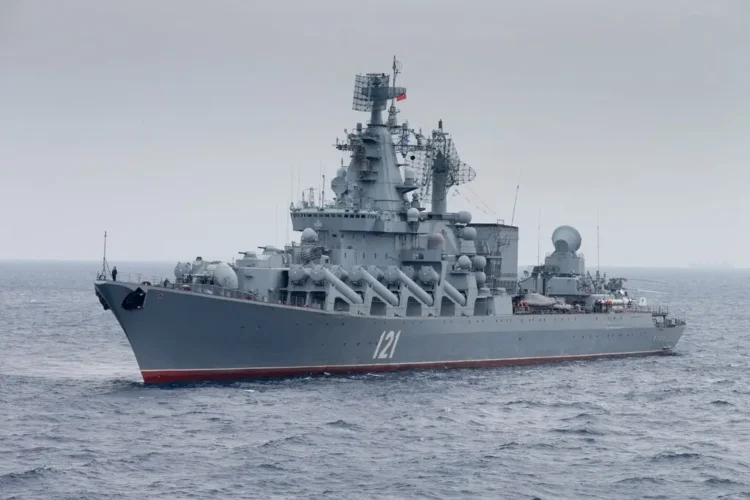
Thanks to this information, Ukraine spotted the Moskva, the flagship vessel of the Russian Navy in the Black Sea, and sank it with two Neptune missiles. The destruction of the Moskva was a major setback, but Russian dominance of the Black Sea remains unchallenged.
U.S. intelligence data has also enabled Ukraine to kill 12 Russian generals with missile strikes.
American military assistance has been extremely helpful, having bolstered Ukraine’s ability to resist enemy advances toward Kyiv during the first phase of the war, when Russian losses in men and materiel were very high.
Nonetheless, Russia has captured a wide swath of territory in eastern Ukraine along the Black Sea and the Sea of Azov. By all accounts, Russia has gained control of 80 percent of the Donbas region. These are lands that Russia fully intends to keep.
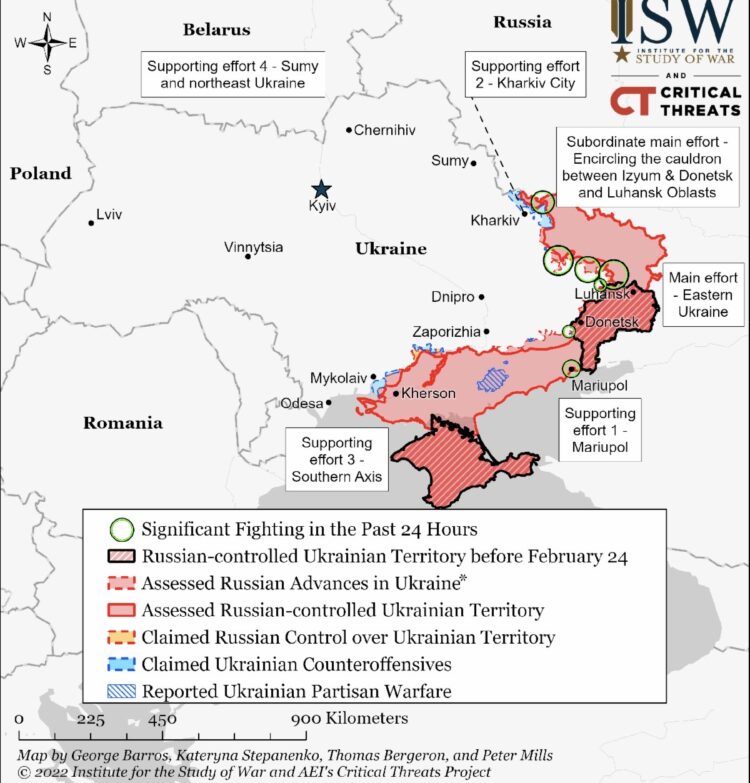
Russia, too, has imposed a naval blockade on the Ukrainian port of Odesa and bombed it, thereby crippling Ukraine’s export trade and dealing its economy a massive blow.
Avril D. Haines, the director of the U.S. national intelligence service, warned on May 10 that the war could turn into a “prolonged conflict” as Russia attempts to seize land beyond the Donbas and build a land bridge across Ukraine’s Black Sea coast.
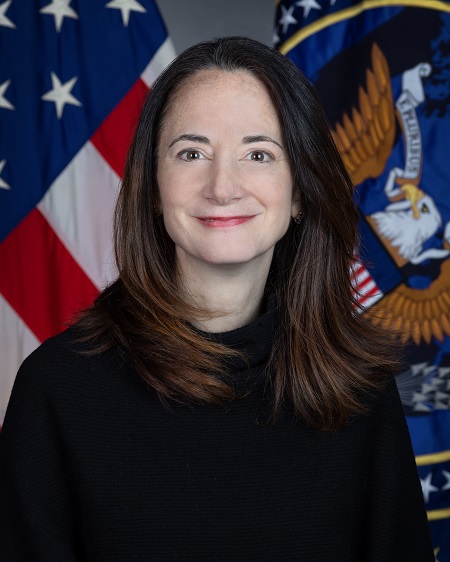
Despite Haines’ grim forecast, the United States appears ready to back Ukraine to the hilt.
Nancy Pelosi, the Speaker of the U.S. Congress and the highest-ranking American official to visit Kyiv since the war began, told reporters recently that the Biden administration will not waver in its support of Ukraine. As she put it, “America stands with Ukraine. We stand with Ukraine until victory is won. And we stand with NATO.”
Putin, in the meantime, has added a new rationale for the invasion of Ukraine.
Initially, he said it was intended to “de-Nazify” and de-militarize” Ukraine. But at the annual parade in Moscow on May 9 commemorating Russia’s victory over Germany, he claimed it was designed to head off a Western invasion of “our historical lands.”
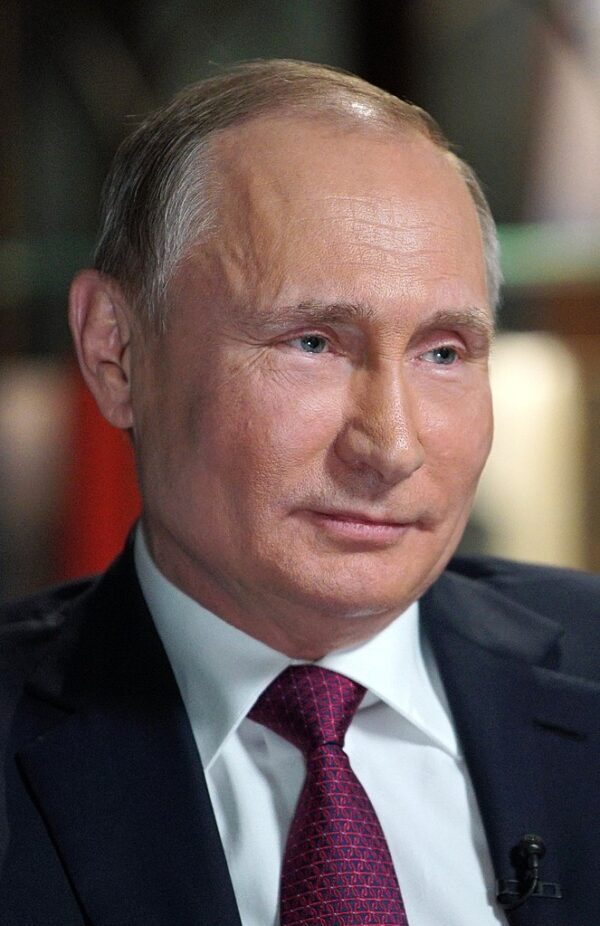
Putin compared Russia’s “special military operation” to its titanic and extremely costly struggle against Nazi Germany. As he said, “You are fighting for the motherland, so that no one will forget the lessons of World War II and there will be no place in the world for hangmen, executioners and the Nazis.”
Putin has conflated two entirely different situations for his own political and imperial ends. The Russian government certainly has legitimate security concerns over NATO’s eastward expansion in recent years, but the invasion of a sovereign neighbor that had no aggressive designs on Russia is clearly unjustified and beyond the pale.
